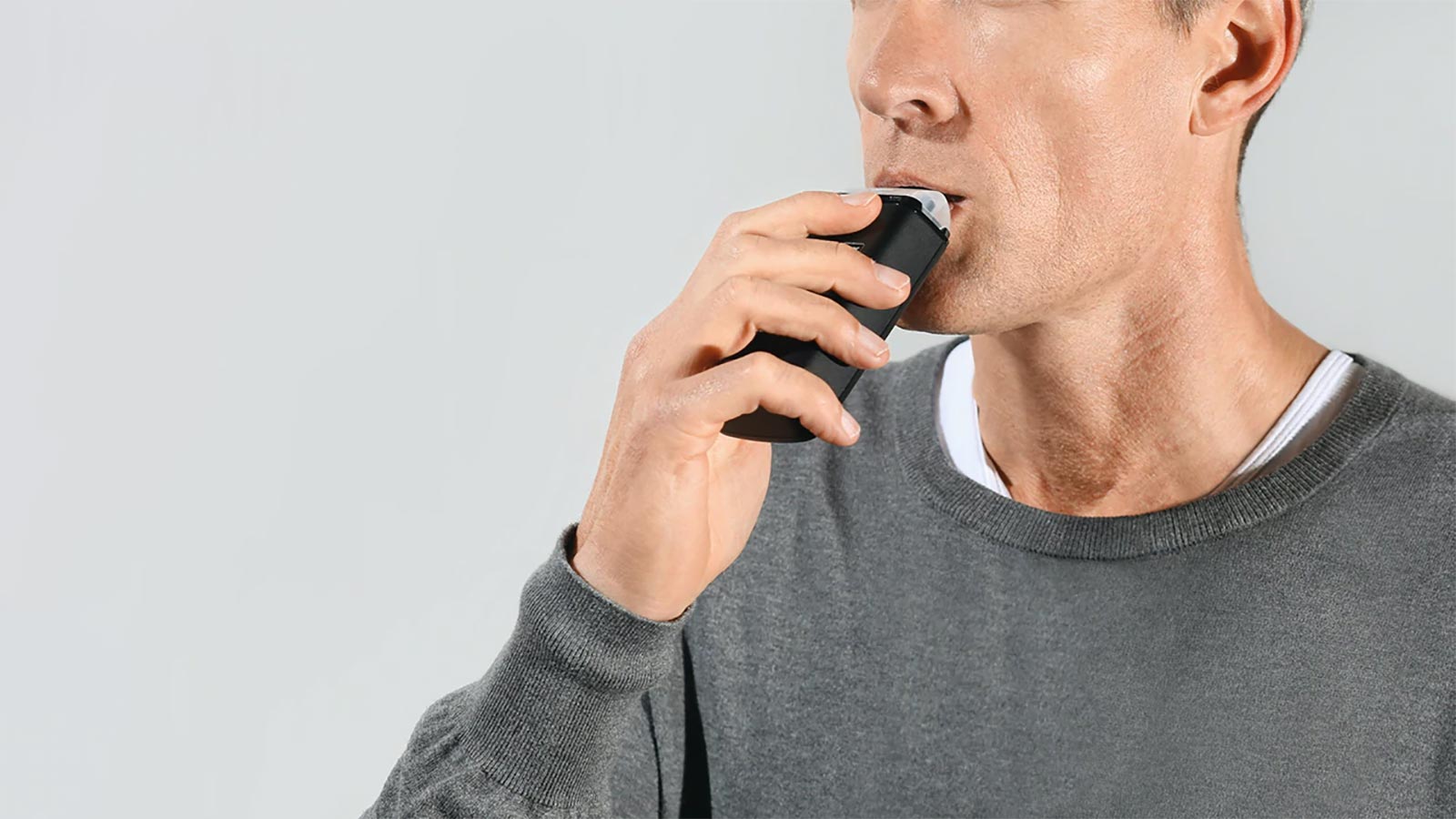In 2017 in Great Britain, an estimated 250 people died in a traffic collision where at least one driver was over the drink-drive limit – a record number. In a study conducted by Confused.com in 2018, just under 5,000 people were caught driving under the influence of alcohol in December alone.
These shocking statistics have renewed calls to review the drink-drive limit in England, Wales and Northern Ireland – bringing them in line with Scotland which already has stricter limits than the rest of the UK.
Contrary to what some people believe, there’s no set number of drinks you can consume and still be safe to drive. Alcohol affects everybody differently and things like your age, weight, gender and metabolism all make a difference. The drink-drive limit is determined by how much alcohol can be detected in your blood, breath or urine.
The limit is currently 22 micrograms per 100 millilitres of breath in Scotland or 35 micrograms elsewhere in the UK.
Drink-drive limits in the UK
| Level of alcohol | England, Wales and Northern Ireland | Scotland |
|---|---|---|
| Micrograms per 100 millilitres of breath | 35 | 22 |
| Milligrammes per 100 millilitres of blood | 80 | 50 |
| Milligrammes per 100 millilitres of urine | 107 | 67 |
Source: https://www.gov.uk/drink-drive-limit
So how can you tell if you are over or under the drink-drive limit? One solution is to use a home breathalyser test.
Are home breathalyser tests accurate?
Breathalysers can range in price from a few pounds for a very basic home test, to well over £1,000 for professional quality tests similar to those used by the police. As you might expect, the price you pay determines how accurate & reliable the test is.
Single use breathalysers
At the cheap end of the scale are single use breathalyser tests, which use reactive crystals to generate a simple pass or fail. These are cheap – you can pick them up for a couple of pounds – but they don’t give you a microgram reading and they’re nowhere near accurate enough to be used for legal purposes.
Semi-conductors and fuel cells
Most multi-use breathalysers use either a semi-conductor or a fuel cell sensor. When alcohol comes into contact will the sensor, it generates a tiny electrical current. The higher the concentration of alcohol present in the breath sample, the larger the current will be.
Semi-conductors are the cheaper of the two, and are also the least accurate. Professional quality breathalysers used by the police (and some employers) make use of fuel cells.
Where can I buy breathalysers?
The market for breathalyser equipment is unregulated in the UK, so be careful. Your home breathalyser test might not give you the same reading as a police test – especially if it’s a cheap test made by an un-trusted manufacturer. If in doubt, err on the side of caution and leave the car at home.
Cheaper kits are available online on places like Amazon and eBay. You can also find breathalysers in motoring shops like Halfords or in chemists such as Boots. These are ideal for motorists who want a quick & easy way to tell if they are close to the drink-drive limit.
If you’re looking for professional quality kits – for example to test your staff in a dangerous workplace – then we recommend the Dräger Alcotest range of breathalysers. These breathalysers are among those used by law enforcement around the world, and they use accurate electrochemical fuel cell sensors. The more advanced kits can also store data and transfer results to a portable printer.
What ever you do, choose a recognised testing unit from a trusted manufacturer. You can find advice about alcohol and the law at Drinkaware.


